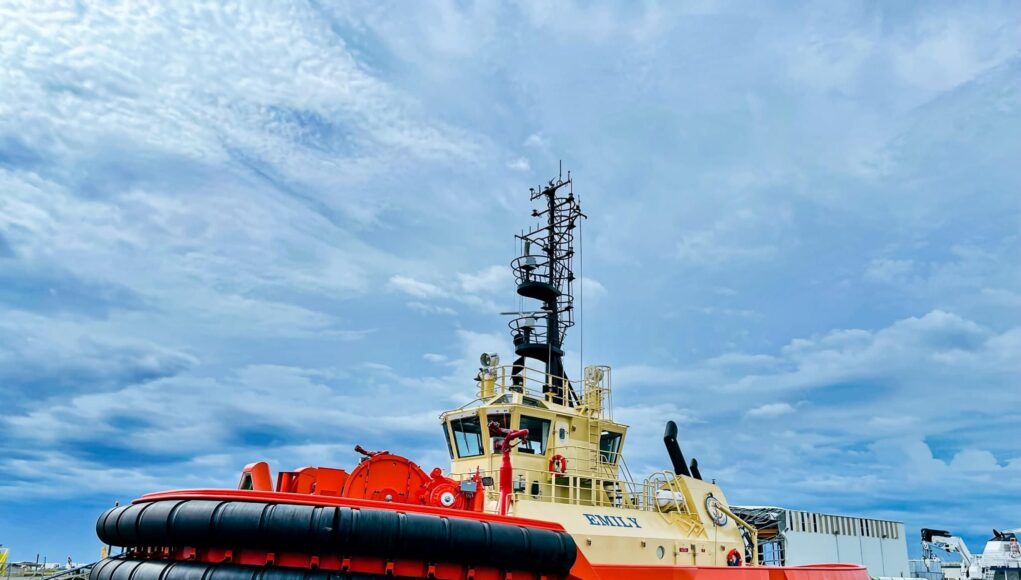Operator of the Stabroek Block, ExxonMobil Guyana Limited (EMGL), has undertaken a significant contracting initiative, one that seeks to establish enabling agreements for the provision and operation of Multi-Purpose Support Vessels (MPSVs).
It is essential to clarify that this Request for Information (RFI) should not be misconstrued as an additional market call but is a novel approach to collect technical data from qualified vessel suppliers.
This RFI is exclusively aimed at gathering technical data from suppliers capable of supporting marine vessel operations in the coastal city of Georgetown, Guyana. The multi-purpose support vessels being sought must meet specific criteria outlined in the RFI.
These MPSVs are expected to exhibit a range of features and capabilities. They should be available for deployment starting from October 1, 2024, and designed to withstand severe weather conditions, with high station-keeping capability. Their operational draft, combined with under-keel clearance (UKC), must not exceed 6.5 meters. Additionally, a minimum DP2 rating is required for these vessels.
An active heave compensated crane with a minimum capacity of 150 metric tons (preferably 250 MT), equipped with a 2600-meter wire length and the ability to deploy rigid jumpers from the vessel’s deck, is a crucial requirement. These jumpers, spreader bars, and rigging must meet specific dimensions and weight limits.
Furthermore, the MPSVs should be outfitted with a USBL Survey System connected to the ROV cabin through a fiber optic connection. The vessels should accommodate two 200HP work-class ROVs, each with a 3000-meter rating and active heave compensated ROV winches. Additionally, a 360 CCTV system with 90-day footage storing capability, a potable water maker, FuelTrax system, and V-Sat bandwidth (minimum 2MB/s) are expected.
Preferred features include a secondary subsea crane or subsea winch, a whipline on the primary crane, a dedicated remotely operated vehicle (ROV) control room, a helideck, a moonpool for ROV deployment or other high sea state tolerant methods, constant tension deck tuggers, steel flying lead deployment chute, large deck space (minimum 1000m2), and vessels built in 2010 or later.
Furthermore, Exxon said it has placed significant emphasis on the local content requirements as part of its business strategy. The company said it aims to build a workforce and supplier capabilities in collaboration with local community investments. As such, prospective contractors are required to demonstrate their awareness of the Local Content Act (2021) during the bid process and include a preliminary local content strategy in their submissions.
Upon award, successful bidders must implement an acceptable local content plan. These plans may also be subject to submission to the Government of Guyana under the Local Content Act.
This RFI by ExxonMobil Guyana marks a pivotal step in Exxon’s quest to bolster marine vessel operations in the region, while simultaneously prioritizing local content and supplier capabilities.













